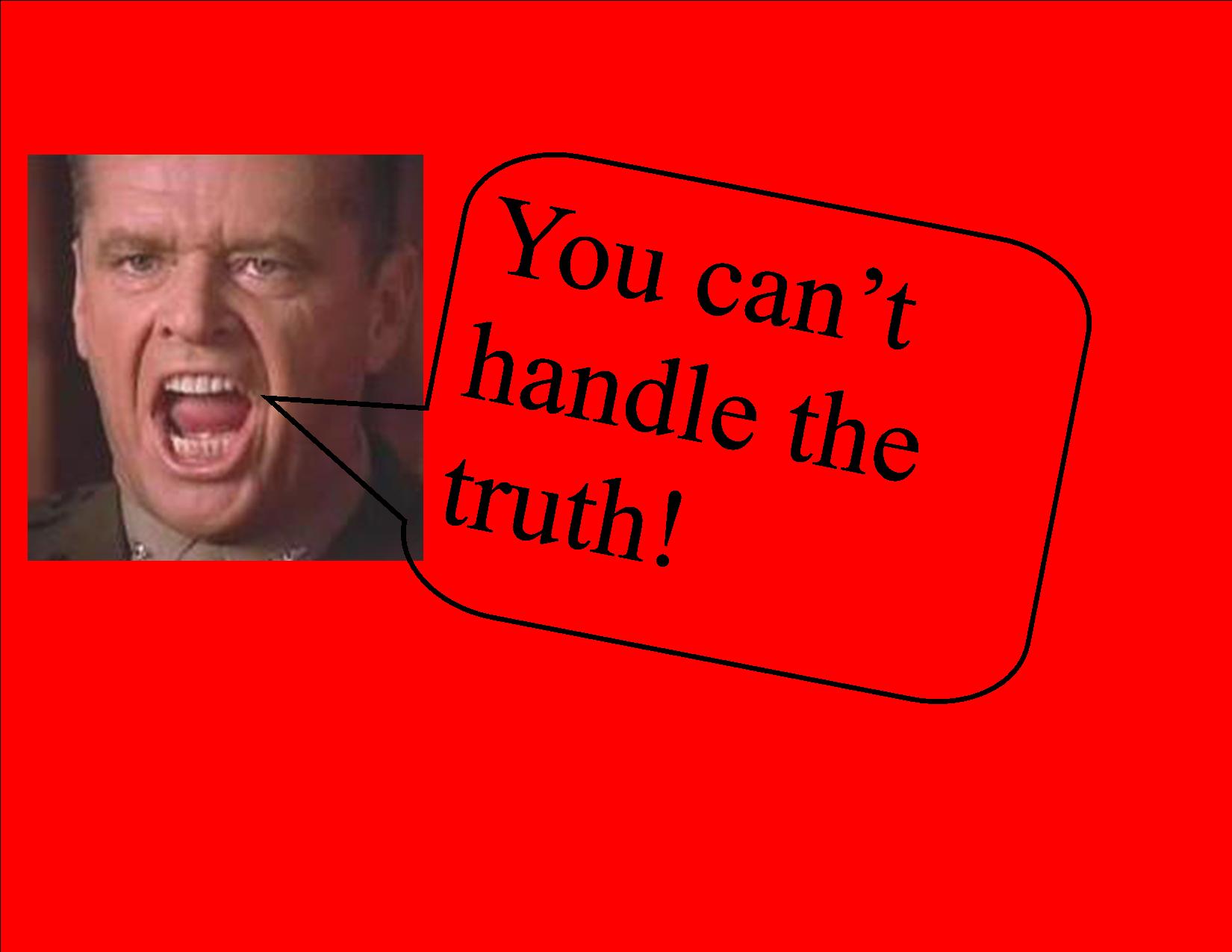Military experts say once a battle begins the battle plan goes out the window. I am seeing evidence this also happening on nonprofit boards. In a couple of cases I’ve seen terrible damage done to otherwise well-running nonprofits. Yet, due to strife, however caused, the agency’s mission is put at risk, or at least drops to a second tier priority. When disagreement or miss-communication occurs, directors avoid speaking with certain other directors and executive directors have problems communicating with some on their board. This can pretty much stop a nonprofit in its tracks because the wheels have fallen off.
I’ve met with a couple of executive director in this situation over the last 6 months and it’s not pretty…or productive.
Staff and other directors become demotivated, uncommunicative, and “siloed” in order to stay out of the fray and rather than focusing on the cause of the strife everyone treats it like the 800 lb. gorilla it truly is. It’s a shame because this need not happen. And they probably have the solution right in front of them. It’s the values they agreed to follow.
We see mission, vision, values posted on just about every nonprofit’s website yet I suspect the values, when established, were thought to apply externally only, that is, when dealing with clients, donors, etc…not when dealing with eachother.
Often, integrity, honesty, truthfulness, and respect for others appear as values the board itself established. However, when problems arise, they go out the window. Since a lot of time and sweat went into the creation of your mission, vision, values, I suggest when problems arise the board president or executive director pull out a copy of the values, re-read them to everyone and insist all future conversation be governed by them. Using these previously adopted “rules of the road” may not solve every dispute but they should reinforce civil, transparent dialogue to address the problems.
Letting problems fester is “bad for business” so when healthy friction turns ugly and personal, try dusting off you values and see if they don’t offer a roadmap through the current morass. Best practices for nonprofit boards would demand it! Let me know how it goes and feel free to share this with others on your board and in your networks if you agree.


Our recent research (Stepping Through Transitions: management, leadership and governance in not-for-profit organisations, CGO Transitions Ltd. Sept 2013)supports this perception of frequent bad behaviour within boards, and in relationships between boards and senior managers. We suggest that all board members need to have three different ways of knowing: about the sector and the general context in which the organisation sits; about the mission from ‘within’ – either by direct involvement or by being ‘wise’/empathetic to the cause at a heart level; and thirdly, knowing of a third kind (to use Shotter’s term): that is wisdom of relationship building, knowing the balance between relationship and tasks, and having the skills to generate the value-based connections that are the bedrock of collective capability.
Thanks Judith. I had not heard teh concept of “three ways of knowing”. Very interesting. Thank you.